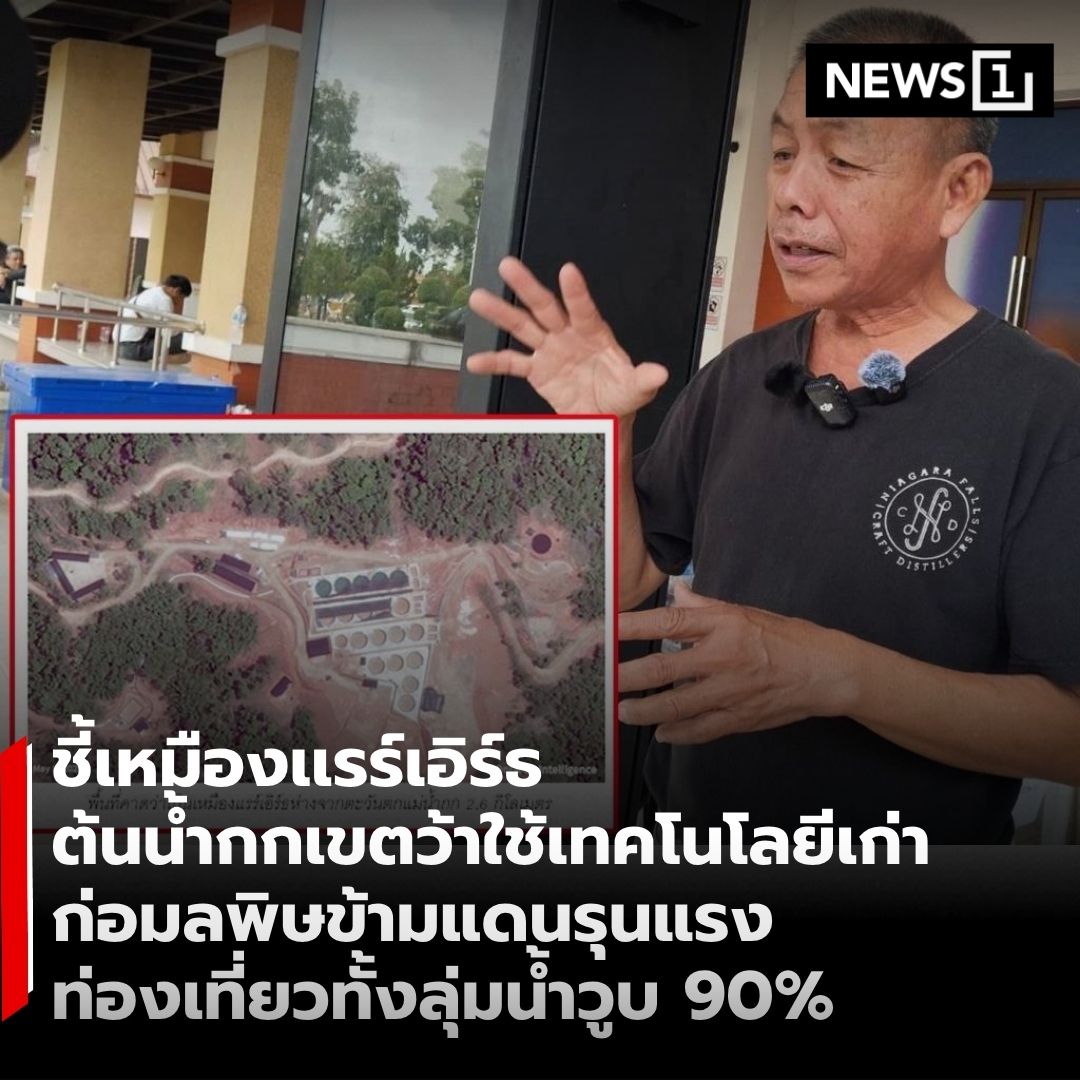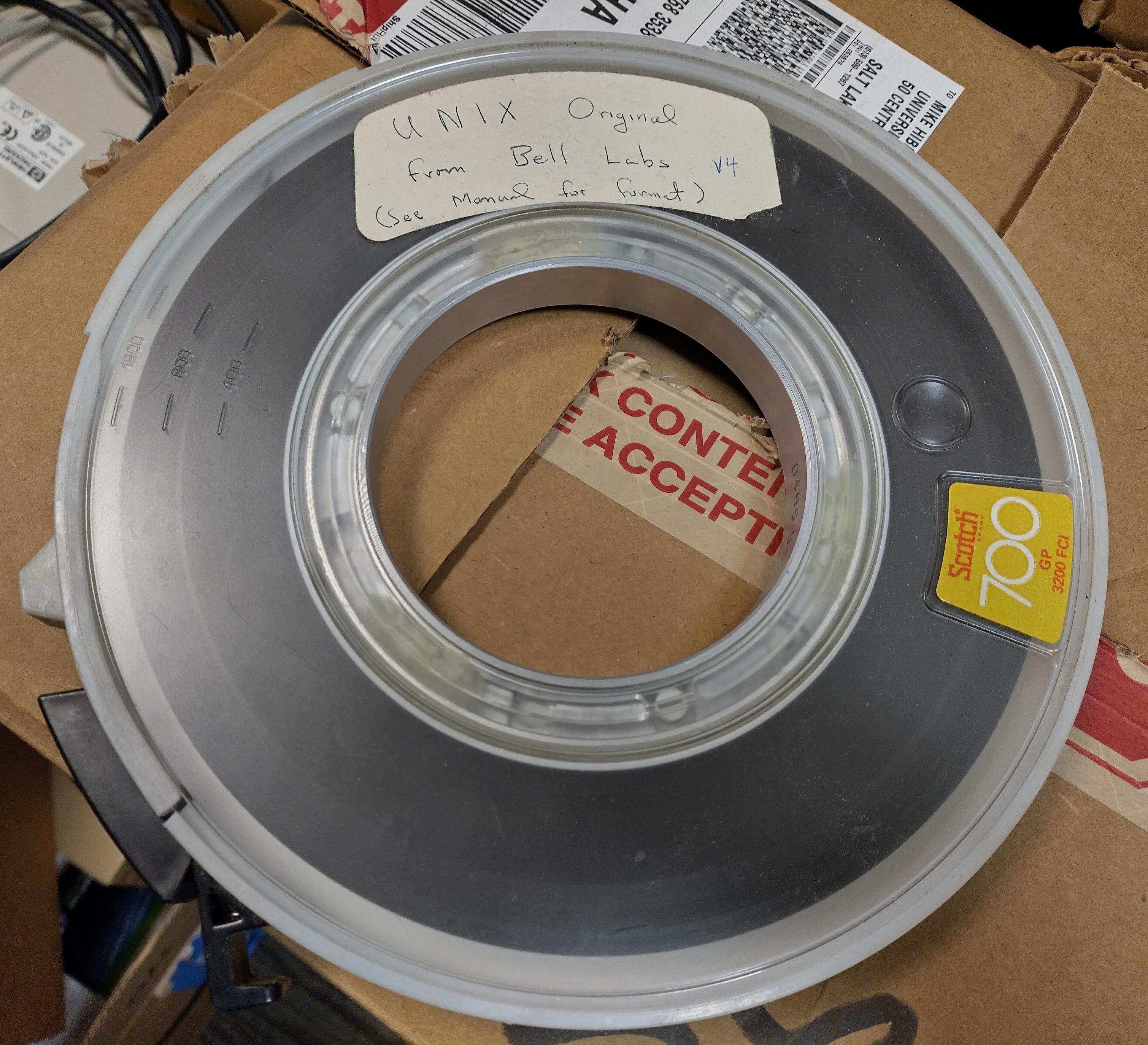การยอมรับมาตรฐานรถยนต์ของสหรัฐฯ ทำให้คนในยุโรปมีความเสี่ยง
บทความนี้เตือนว่าการยอมรับมาตรฐานความปลอดภัยรถยนต์ของสหรัฐฯ ในยุโรป อาจทำให้ชีวิตประชาชนตกอยู่ในความเสี่ยง เนื่องจากมาตรฐานของสหรัฐฯ เข้มงวดน้อยกว่าและไม่สอดคล้องกับสภาพการจราจรในยุโรป
ความแตกต่างของมาตรฐานรถยนต์
องค์กรภาคประชาสังคมและเมืองใหญ่ในยุโรปออกมาเตือนว่า มาตรฐานความปลอดภัยของสหรัฐฯ มีข้อกำหนดที่อ่อนกว่า เช่น การทดสอบการชนด้านหน้าและด้านข้าง รวมถึงการออกแบบรถที่เน้นความสะดวกสบายมากกว่าความปลอดภัยของผู้ใช้ถนนที่เปราะบางอย่างคนเดินเท้าและนักปั่นจักรยาน ซึ่งแตกต่างจากมาตรฐานของยุโรปที่เข้มงวดกว่า
ผลกระทบต่อผู้ใช้ถนน
ในยุโรปมีการใช้จักรยานและการเดินเท้าเป็นจำนวนมาก หากนำมาตรฐานสหรัฐฯ มาใช้ อาจทำให้เกิดอุบัติเหตุรุนแรงมากขึ้น โดยเฉพาะจากรถ SUV และรถกระบะที่มีขนาดใหญ่และหนัก ซึ่งในสหรัฐฯ ได้รับความนิยม แต่ในยุโรปถูกมองว่าเป็นภัยต่อผู้ใช้ถนนที่ไม่มีการป้องกัน
มิติทางการเมืองและเศรษฐกิจ
การถกเถียงนี้เกิดขึ้นในบริบทของการเจรจาการค้าและการลดอุปสรรคทางเทคนิค หากยุโรปยอมรับมาตรฐานสหรัฐฯ อาจทำให้ผู้ผลิตรถยนต์อเมริกันเข้ามาแข่งขันได้ง่ายขึ้น แต่ก็ต้องแลกกับความเสี่ยงด้านความปลอดภัยและความเชื่อมั่นของประชาชนต่อระบบกฎหมายและมาตรฐานยุโรป
คำเตือนจากผู้เชี่ยวชาญ
นักวิชาการและองค์กรความปลอดภัยทางถนนชี้ว่า การลดมาตรฐานเพื่อเอื้อการค้าอาจเป็นการ “แลกชีวิตคนกับผลประโยชน์ทางเศรษฐกิจ” และเรียกร้องให้สหภาพยุโรปยืนยันมาตรฐานที่เข้มงวดต่อไป เพื่อรักษาความปลอดภัยของประชาชน
สรุปสาระสำคัญ
มาตรฐานรถยนต์สหรัฐฯ อ่อนกว่า
การทดสอบการชนและการออกแบบไม่คำนึงถึงผู้ใช้ถนนที่เปราะบาง
ผลกระทบต่อผู้ใช้ถนนในยุโรป
รถ SUV และรถกระบะอาจเพิ่มความเสี่ยงต่อคนเดินเท้าและนักปั่นจักรยาน
มิติทางการค้าและเศรษฐกิจ
การยอมรับมาตรฐานสหรัฐฯ อาจเอื้อผู้ผลิตรถยนต์อเมริกัน แต่ลดความปลอดภัย
ความเสี่ยงต่อชีวิตประชาชน
การลดมาตรฐานอาจทำให้เกิดอุบัติเหตุรุนแรงมากขึ้น
คำเตือนจากผู้เชี่ยวชาญ
การแลกเปลี่ยนมาตรฐานเพื่อผลประโยชน์ทางเศรษฐกิจอาจบั่นทอนความเชื่อมั่นและความปลอดภัย
https://etsc.eu/accepting-us-car-standards-would-risk-european-lives-warn-cities-and-civil-society/
บทความนี้เตือนว่าการยอมรับมาตรฐานความปลอดภัยรถยนต์ของสหรัฐฯ ในยุโรป อาจทำให้ชีวิตประชาชนตกอยู่ในความเสี่ยง เนื่องจากมาตรฐานของสหรัฐฯ เข้มงวดน้อยกว่าและไม่สอดคล้องกับสภาพการจราจรในยุโรป
ความแตกต่างของมาตรฐานรถยนต์
องค์กรภาคประชาสังคมและเมืองใหญ่ในยุโรปออกมาเตือนว่า มาตรฐานความปลอดภัยของสหรัฐฯ มีข้อกำหนดที่อ่อนกว่า เช่น การทดสอบการชนด้านหน้าและด้านข้าง รวมถึงการออกแบบรถที่เน้นความสะดวกสบายมากกว่าความปลอดภัยของผู้ใช้ถนนที่เปราะบางอย่างคนเดินเท้าและนักปั่นจักรยาน ซึ่งแตกต่างจากมาตรฐานของยุโรปที่เข้มงวดกว่า
ผลกระทบต่อผู้ใช้ถนน
ในยุโรปมีการใช้จักรยานและการเดินเท้าเป็นจำนวนมาก หากนำมาตรฐานสหรัฐฯ มาใช้ อาจทำให้เกิดอุบัติเหตุรุนแรงมากขึ้น โดยเฉพาะจากรถ SUV และรถกระบะที่มีขนาดใหญ่และหนัก ซึ่งในสหรัฐฯ ได้รับความนิยม แต่ในยุโรปถูกมองว่าเป็นภัยต่อผู้ใช้ถนนที่ไม่มีการป้องกัน
มิติทางการเมืองและเศรษฐกิจ
การถกเถียงนี้เกิดขึ้นในบริบทของการเจรจาการค้าและการลดอุปสรรคทางเทคนิค หากยุโรปยอมรับมาตรฐานสหรัฐฯ อาจทำให้ผู้ผลิตรถยนต์อเมริกันเข้ามาแข่งขันได้ง่ายขึ้น แต่ก็ต้องแลกกับความเสี่ยงด้านความปลอดภัยและความเชื่อมั่นของประชาชนต่อระบบกฎหมายและมาตรฐานยุโรป
คำเตือนจากผู้เชี่ยวชาญ
นักวิชาการและองค์กรความปลอดภัยทางถนนชี้ว่า การลดมาตรฐานเพื่อเอื้อการค้าอาจเป็นการ “แลกชีวิตคนกับผลประโยชน์ทางเศรษฐกิจ” และเรียกร้องให้สหภาพยุโรปยืนยันมาตรฐานที่เข้มงวดต่อไป เพื่อรักษาความปลอดภัยของประชาชน
สรุปสาระสำคัญ
มาตรฐานรถยนต์สหรัฐฯ อ่อนกว่า
การทดสอบการชนและการออกแบบไม่คำนึงถึงผู้ใช้ถนนที่เปราะบาง
ผลกระทบต่อผู้ใช้ถนนในยุโรป
รถ SUV และรถกระบะอาจเพิ่มความเสี่ยงต่อคนเดินเท้าและนักปั่นจักรยาน
มิติทางการค้าและเศรษฐกิจ
การยอมรับมาตรฐานสหรัฐฯ อาจเอื้อผู้ผลิตรถยนต์อเมริกัน แต่ลดความปลอดภัย
ความเสี่ยงต่อชีวิตประชาชน
การลดมาตรฐานอาจทำให้เกิดอุบัติเหตุรุนแรงมากขึ้น
คำเตือนจากผู้เชี่ยวชาญ
การแลกเปลี่ยนมาตรฐานเพื่อผลประโยชน์ทางเศรษฐกิจอาจบั่นทอนความเชื่อมั่นและความปลอดภัย
https://etsc.eu/accepting-us-car-standards-would-risk-european-lives-warn-cities-and-civil-society/
🗺️ การยอมรับมาตรฐานรถยนต์ของสหรัฐฯ ทำให้คนในยุโรปมีความเสี่ยง
บทความนี้เตือนว่าการยอมรับมาตรฐานความปลอดภัยรถยนต์ของสหรัฐฯ ในยุโรป อาจทำให้ชีวิตประชาชนตกอยู่ในความเสี่ยง เนื่องจากมาตรฐานของสหรัฐฯ เข้มงวดน้อยกว่าและไม่สอดคล้องกับสภาพการจราจรในยุโรป
🚗 ความแตกต่างของมาตรฐานรถยนต์
องค์กรภาคประชาสังคมและเมืองใหญ่ในยุโรปออกมาเตือนว่า มาตรฐานความปลอดภัยของสหรัฐฯ มีข้อกำหนดที่อ่อนกว่า เช่น การทดสอบการชนด้านหน้าและด้านข้าง รวมถึงการออกแบบรถที่เน้นความสะดวกสบายมากกว่าความปลอดภัยของผู้ใช้ถนนที่เปราะบางอย่างคนเดินเท้าและนักปั่นจักรยาน ซึ่งแตกต่างจากมาตรฐานของยุโรปที่เข้มงวดกว่า
🧑🤝🧑 ผลกระทบต่อผู้ใช้ถนน
ในยุโรปมีการใช้จักรยานและการเดินเท้าเป็นจำนวนมาก หากนำมาตรฐานสหรัฐฯ มาใช้ อาจทำให้เกิดอุบัติเหตุรุนแรงมากขึ้น โดยเฉพาะจากรถ SUV และรถกระบะที่มีขนาดใหญ่และหนัก ซึ่งในสหรัฐฯ ได้รับความนิยม แต่ในยุโรปถูกมองว่าเป็นภัยต่อผู้ใช้ถนนที่ไม่มีการป้องกัน
⚖️ มิติทางการเมืองและเศรษฐกิจ
การถกเถียงนี้เกิดขึ้นในบริบทของการเจรจาการค้าและการลดอุปสรรคทางเทคนิค หากยุโรปยอมรับมาตรฐานสหรัฐฯ อาจทำให้ผู้ผลิตรถยนต์อเมริกันเข้ามาแข่งขันได้ง่ายขึ้น แต่ก็ต้องแลกกับความเสี่ยงด้านความปลอดภัยและความเชื่อมั่นของประชาชนต่อระบบกฎหมายและมาตรฐานยุโรป
⚠️ คำเตือนจากผู้เชี่ยวชาญ
นักวิชาการและองค์กรความปลอดภัยทางถนนชี้ว่า การลดมาตรฐานเพื่อเอื้อการค้าอาจเป็นการ “แลกชีวิตคนกับผลประโยชน์ทางเศรษฐกิจ” และเรียกร้องให้สหภาพยุโรปยืนยันมาตรฐานที่เข้มงวดต่อไป เพื่อรักษาความปลอดภัยของประชาชน
📌 สรุปสาระสำคัญ
✅ มาตรฐานรถยนต์สหรัฐฯ อ่อนกว่า
➡️ การทดสอบการชนและการออกแบบไม่คำนึงถึงผู้ใช้ถนนที่เปราะบาง
✅ ผลกระทบต่อผู้ใช้ถนนในยุโรป
➡️ รถ SUV และรถกระบะอาจเพิ่มความเสี่ยงต่อคนเดินเท้าและนักปั่นจักรยาน
✅ มิติทางการค้าและเศรษฐกิจ
➡️ การยอมรับมาตรฐานสหรัฐฯ อาจเอื้อผู้ผลิตรถยนต์อเมริกัน แต่ลดความปลอดภัย
‼️ ความเสี่ยงต่อชีวิตประชาชน
⛔ การลดมาตรฐานอาจทำให้เกิดอุบัติเหตุรุนแรงมากขึ้น
‼️ คำเตือนจากผู้เชี่ยวชาญ
⛔ การแลกเปลี่ยนมาตรฐานเพื่อผลประโยชน์ทางเศรษฐกิจอาจบั่นทอนความเชื่อมั่นและความปลอดภัย
https://etsc.eu/accepting-us-car-standards-would-risk-european-lives-warn-cities-and-civil-society/
0 Comments
0 Shares
71 Views
0 Reviews













